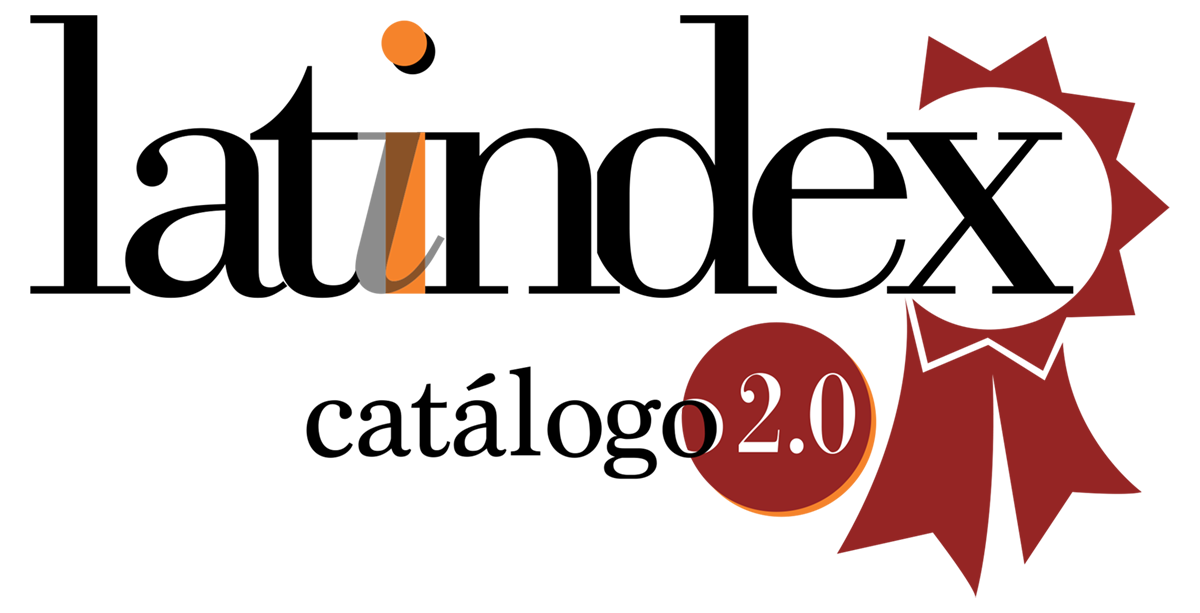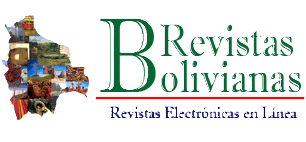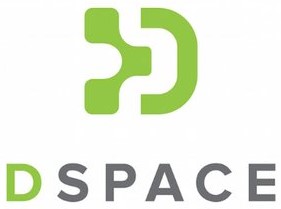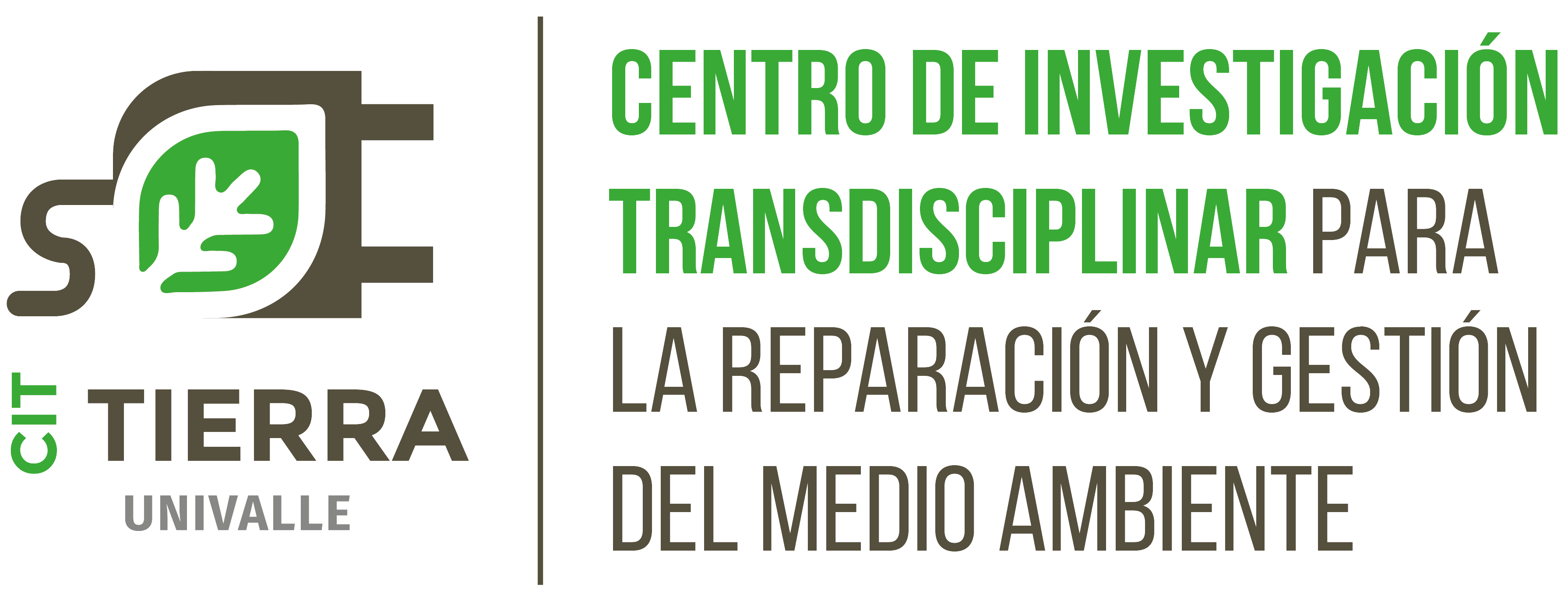Analysis of Potential Development Scenarios for Bolivia’s Vehicle Fleet and its Greenhouse Gas Emissions using the LEAP Software for the 2020–2030 Period
DOI:
https://doi.org/10.52428/20758944.v21i57.1334Keywords:
LEAP, emissions, CO2eq, vehicle fleet, Bolivia, scenariosAbstract
This study analyzes the contribution of the Bolivian vehicle fleet to greenhouse gas (GHG) emissions for the period 2020-2030, through scenario modeling in the LEAP platform. The vehicle fleet was characterized using a bottom-up methodology, processing the information in consumption, performance and mileage matrices. A base scenario (Business As Usual, BAU) and three alternative scenarios were established: vehicle efficiency, telework and electromobility. The results show that electromobility would allow a 9% reduction in emissions by 2030, efficiency by 4% and telework by 2%. It was found that private vehicles, especially heavy vehicles, are the biggest emitters. This work seeks to serve as technical input for the design of public policies to reduce emissions in the transportation sector.
Downloads
References
Bolivia en tus Manos. (2021, septiembre 3). ¿Se venden más autos usados que 0 Km en Bolivia? | boliviaentusmanos. https://www.boliviaentusmanos.com/noticias/economia/381715/se-venden-mas-autos-usados-que-0-km-en-bolivia.html
Canada Government. (2017, mayo 4). Fuels and Air Pollution [Education and awareness]. https://www.canada.ca/en/health-canada/services/environmental-workplace-health/fuels-air-pollution.html
EPA. (2021a). FuelEconomy.gov-The official U.S. government source for fuel economy information. http://www.fueleconomy.gov
EPA. (2021b). Many Factors Affect MPG. https://www.fueleconomy.gov/feg/factors.shtml
INE. (2020). Boletín estadístico: Parque automotor 2019. INE.
IPCC. (2014). Cambio climático 2014: Informe de síntesis. Contribución de los Grupos de trabajo I, II y III al Quinto Informe de Evaluación del Grupo Intergubernamental de Expertos sobre el Cambio Climático (p. 157).
IPCC. (2018). IPCC, 2018: Global Warming of 1.5°C. An Special Report on the impacts of global warming of 1.5°C above pre-industrial levels and related global greenhouse gas emission pathways, in the context of strengthening the global response to the threat of climate change, sustainable development, and efforts to eradicate poverty (p. 630). IPCC. https://www.ipcc.ch/site/assets/uploads/sites/2/2019/06/SR15_Full_Report_High_Res.pdf
IPCC. (2019). IPCC Updates Methodology for Greenhouse Gas Inventories-IPCC. https://www.ipcc.ch/2019/05/13/ipcc-2019-refinement/
IPCC WG I. (2014). Glosario en: Cambio Climático 2013. Bases físicas. Contribución del Grupo de trabajo I al Quinto Informe de Evaluación del Grupo Intergubernamental de Expertos sobre el Cambio Climático (p. 222). IPCC. https://archive.ipcc.ch/pdf/assessment-report/ar5/wg1/WG1AR5_SummaryVolume_FINAL_SPANISH.pdf
IPCC WG III, Sokona, Y., Minx, J. C., Farahani, E., Kadner, S., Seyboth, K., Adler, A., Baum, I., Brunner, S., Eickemeier, P., Kriemann, B., Savolainen, J., Schlömer, S., Von Stechow, C., Zwickel, T., Edenhofer, O., & Pichs-Madruga, R. (2015). Contribución del Grupo de trabajo III al Quinto Informe de Evaluación del Grupo Intergubernamental de Expertos sobre el Cambio Climático: Resumen para responsables de políticas.
Jiang, Y., Yang, J., Cocker, D., Karavalakis, G., Johnson, K. C., & Durbin, T. D. (2018). Characterizing emission rates of regulated pollutants from model year 2012+ heavy-duty diesel vehicles equipped with DPF and SCR systems. Science of The Total Environment, 619-620, 765-771. DOI: https://doi.org/10.1016/j.scitotenv.2017.11.120 DOI: https://doi.org/10.1016/j.scitotenv.2017.11.120
PMid:29161601
Jorquera González, H. (2018). Introducción a la contaminación atmosférica (Alfaomega grupo editor S.A. de C.V.). Ediciones UC.
Koch, F. (2013). Historia y actualidad del transporte público en Bolivia en el contexto del cambio climático. https://www.cambioclimatico-bolivia.org/index-cc.php?filtros=2&cod_aporte=210#210
Ley General de Transporte, Ley N°165 del 16 de agosto del 2011 (2011). https://www.bivica.org/file/view/id/1594
Lila, P. C., & Anjaneyulu, M. V. L. R. (2017). Networkwide Impact of Telework in Urban Areas: Case Study of Bangalore, India. Journal of Transportation Engineering, Part A: Systems, 143(8), 05017004. DOI: https://doi.org/10.1061/JTEPBS.0000061 DOI: https://doi.org/10.1061/JTEPBS.0000061
Maduekwe, M., Akpan, U., & Isihak, S. (2020). Road transport energy consumption and vehicular emissions in Lagos, Nigeria: An application of the LEAP model. Transportation Research Interdisciplinary Perspectives, 6, 100172. DOI: https://doi.org/10.1016/j.trip.2020.100172 DOI: https://doi.org/10.1016/j.trip.2020.100172
Ministerio de Hidrocarburos. (2019). Balance energético nacional (BEN) 2006-2018. Ministerio de Hidrocarburos.
Ministerio de Energía de Chile. (2012). Comparador: Consumo Vehicular. http://www.consumovehicular.cl/comparador#/
Morales, J., Rodríguez, G., Rivera, N., & Bermeo, K. (2020). Caracterización del parque automotor perteneciente a la categoría M1 del cantón cuenca en función a sus propiedades constructivas y niveles de emisión. RISTI - Revista Iberica de Sistemas e Tecnologias de Informacao, 2020(E30), 393-402.
Pareja, A., Hinojosa, M., & Luján, M. (2012). Inventario de Emisiones Atmosféricas Contaminantes de la Ciudad de Cochabamba, Bolivia, año 2008. Acta Nova, 5(3), 344-373.
Rivera-González, L., Bolonio, D., Mazadiego, L. F., Naranjo-Silva, S., & Escobar-Segovia, K. (2020). Long-Term Forecast of Energy and Fuels Demand Towards a Sustainable Road Transport Sector in Ecuador (2016-2035): A LEAP Model Application. Sustainability, 12(2), Article 2. DOI: https://doi.org/10.3390/su12020472 DOI: https://doi.org/10.3390/su12020472
Rochabrun, M. (2019, marzo 26). South America resists electric vehicles as local fuels remain in favor. Reuters. https://www.reuters.com/article/us-brazil-cars-electric-idUSKCN1R72XQ
Royston, S., Selby, J., & Shove, E. (2018). Invisible energy policies: A new agenda for energy demand reduction. Energy Policy, 123, 127-135. DOI: https://doi.org/10.1016/j.enpol.2018.08.052 DOI: https://doi.org/10.1016/j.enpol.2018.08.052
Sandhu, G. S., Frey, H. C., Bartelt-Hunt, S., & Jones, E. (2021). Real-world activity, fuel use, and emissions of heavy-duty compressed natural gas refuse trucks. Science of The Total Environment, 761, 143323. DOI: https://doi.org/10.1016/j.scitotenv.2020.143323 DOI: https://doi.org/10.1016/j.scitotenv.2020.143323
PMid:33213912
Shabbir, R., & Ahmad, S. S. (2010). Monitoring urban transport air pollution and energy demand in Rawalpindi and Islamabad using leap model. Energy, 35(5), 2323-2332. DOI: https://doi.org/10.1016/j.energy.2010.02.025 DOI: https://doi.org/10.1016/j.energy.2010.02.025
Skrucany, T., Kendra, M., Stopka, O., Milojević, S., Figlus, T., & Csiszar, C. (2019). Impact of the Electric Mobility Implementation on the Greenhouse Gases Production in Central European Countries. Sustainability, 11, 4948. DOI: https://doi.org/10.3390/su11184948 DOI: https://doi.org/10.3390/su11184948
Spiess Herbts, N. (2008). Inventario de Emisiones del Municipio de La Paz, Bolivia 2007. Proyecto aire limpio.
Stratas Advisors. (2015, julio 10). Alternative Fuels for HDVs in Latin America. https://stratasadvisors.com/Insights/2015/Alternative-Fuels-HDV-Latin-America
Thiruvengadam, A., Besch, M., Padmanaban, V., Pradhan, S., & Demirgok, B. (2018). Natural gas vehicles in heavy-duty transportation-A review. Energy Policy, 122, 253-259. DOI: https://doi.org/10.1016/j.enpol.2018.07.052 DOI: https://doi.org/10.1016/j.enpol.2018.07.052
Triola, M. (2018). Estadística-12ED (12.a ed.). Pearson Educación de México, S.A. de C.V., 2018. https://www.academia.edu/39339522/Estad%C3%ADstica_Mario_F_Triola_12ED
Trofimenko, Y. V., Komkov, V. I., Donchenko, V. V., & Potapchenko, T. D. (2019). Model for the assessment greenhouse gas emissions from road transport. Periodicals of Engineering and Natural Sciences (PEN), 7(1), Article 1. DOI: https://doi.org/10.21533/pen.v7i1.390 DOI: https://doi.org/10.21533/pen.v7i1.390
Us Energy Information Administration. (2016). Annual Energy Outlook 2016 With Projections to 2040. CreateSpace Independent Publishing Platform.
U.S. Energy Information Administration (EIA). (2020a). Gasoline and the environment. https://www.eia.gov/energyexplained/gasoline/gasoline-and-the-environment.php
U.S. Energy Information Administration (EIA). (2020b, diciembre 2). Diesel fuel and the environment. https://www.eia.gov/energyexplained/diesel-fuel/diesel-and-the-environment.php
Van Den Steen, F. (2018, junio 27). Natural gas fuels the future in Latin America [Text]. Global Fleet. https://www.globalfleet.com/en/financial-models-technology-and-innovation/latin-america/features/natural-gas-fuels-future-latin
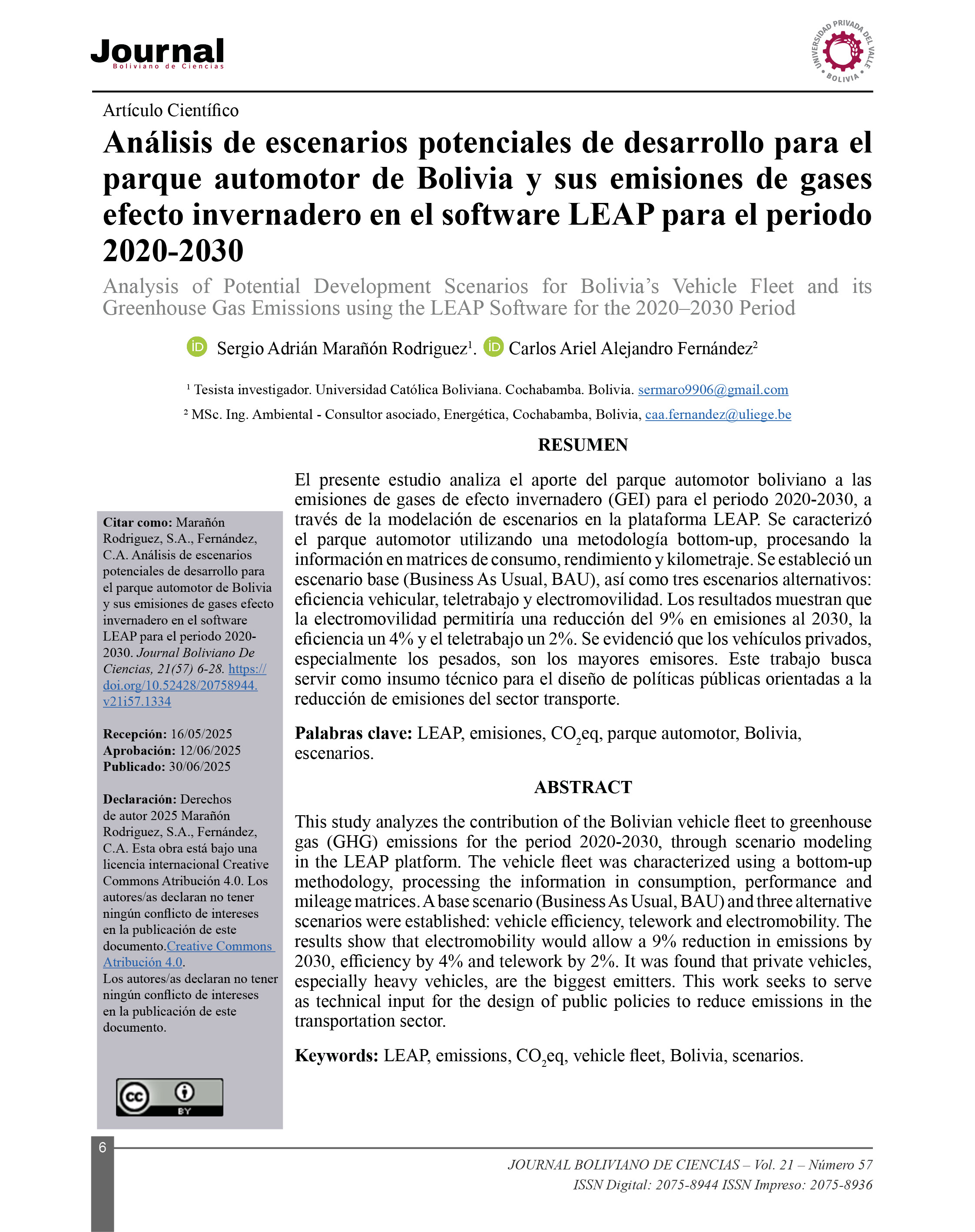
Published
How to Cite
Issue
Section
License
Copyright (c) 2025 Sergio Marañón, Carlos Fernández

This work is licensed under a Creative Commons Attribution 4.0 International License.
Authors who publish with this journal agree to the following terms:
- Authors retain copyright and grant the journal right of first publication with the work simultaneously licensed under a Creative Commons Attribution License 4.0 that allows others to share the work with an acknowledgement of the work's authorship and initial publication in this journal.
- Authors are able to enter into separate, additional contractual arrangements for the non-exclusive distribution of the journal's published version of the work (e.g., post it to an institutional repository or publish it in a book), with an acknowledgement of its initial publication in this journal.
- Authors are permitted and encouraged to post their work online (e.g., in institutional repositories or on their website) prior to and during the submission process, as it can lead to productive exchanges, as well as earlier and greater citation of published work.





